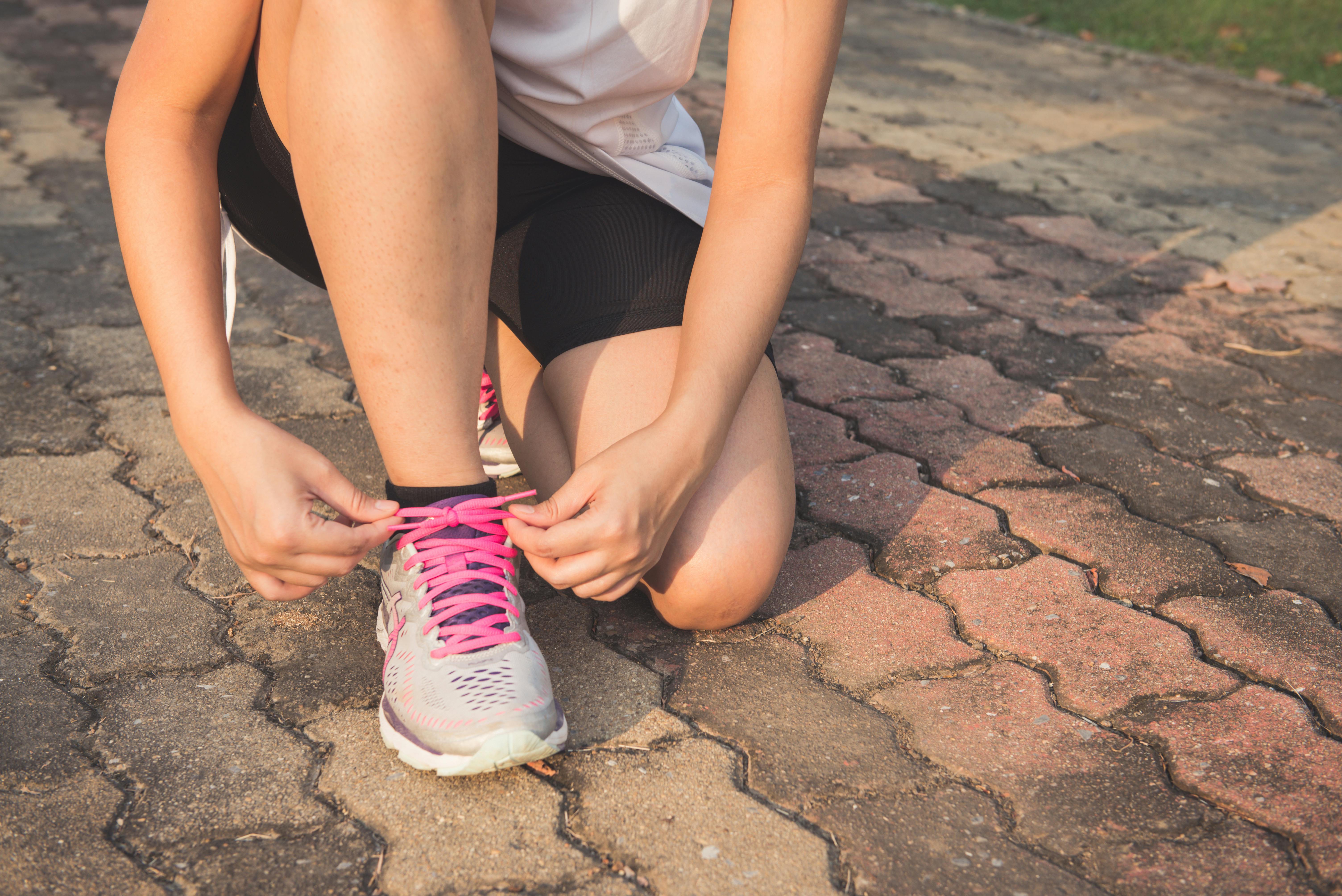So I had a full-blown panic attack in Target last month.
Fun times.
I'm standing there in the home goods section, heart racing, vision getting blurry, convinced I'm literally dying. My therapist had told me about this breathing thing weeks before, but honestly? I thought it sounded too simple to actually work.
Spoiler alert: I was so wrong.
The technique is called 4-7-8 breathing, and apparently every anxiety therapist on the planet swears by it. I've been using it for three weeks now and it's genuinely changed how I handle stress. Like, actually changed it.
What Is 4-7-8 Breathing Anyway?
Okay so here's the deal. It's super simple:
- Breathe in through your nose for 4 counts
- Hold that breath for 7 counts
- Exhale completely through your mouth for 8 counts
That's it. That's the whole thing.
My therapist explained it activates your parasympathetic nervous system (fancy science term for your body's chill-out mode). When you're anxious, you're basically stuck in fight-or-flight. This breathing pattern literally tells your brain "hey, we're safe now."
Why It Works When You're Spiraling
Here's what I learned - when you're panicking, you start taking these shallow, rapid breaths. Makes everything worse. Your body thinks there's actual danger.
The extended exhale is key. Like, the magic ingredient. It signals to your vagus nerve that you can relax. I know it sounds too easy, but the science behind breathing techniques is actually pretty solid.
Dr. Andrew Weil (the guy who popularized this method) says it's like a natural tranquilizer for your nervous system. The more you practice it, the more powerful it gets.
Wild, right?
How I Actually Use It
First few times felt kinda awkward, not gonna lie. Holding your breath for 7 seconds when you're anxious feels counterintuitive. But stick with it.
I do it:
- Before big work meetings
- When I wake up at 3am with racing thoughts
- In the car before walking into social events
- Literally anywhere I feel that chest-tightening thing starting
The beauty of it? Nobody can tell you're doing it. I've done full cycles in Zoom meetings, at restaurants, even at my sister's wedding. It's completely invisible.
Also works amazing as part of my nighttime wind-down routine. Four rounds of this and I'm out.
Getting Started Without Overthinking It
Start small. Like, really small.
Don't try to do this during a full panic attack if you've never practiced. That's setting yourself up. Practice when you're calm first - boring Tuesday afternoon, waiting for your coffee to brew, whatever.
Your first few attempts might feel weird. The counting might be off. You might get lightheaded. Totally normal. Your body's adjusting.
I set a reminder on my phone to practice twice daily for the first week. Morning and night, four cycles each time. After that, it became automatic.
What Actually Happens In Your Body
The physiology is honestly fascinating. When you hold your breath, carbon dioxide builds up in your blood. Sounds bad, but it's actually good - it helps oxygen get absorbed better.
The slow exhale activates your vagus nerve, which runs from your brain to your gut. This nerve is basically your body's relaxation highway. The longer exhale compared to inhale is what flips the switch from stressed to calm.
I never thought simple breathing exercises could actually change my body chemistry, but here we are.
When It Doesn't Work (Real Talk)
Look, I'm not gonna sit here and say this cures severe anxiety. It doesn't.
If you're dealing with constant panic attacks or debilitating anxiety, you need professional help. This is a tool, not a cure. My therapist uses it alongside other evidence-based therapeutic techniques.
Some days it works perfectly. Other days my anxiety is too strong and I need additional support. That's okay. It's still worth having in your toolkit.
Also - if you have respiratory issues or you're pregnant, check with your doctor first. The breath-holding part might not be right for everyone.
Making It Actually Stick
The difference between knowing about this technique and actually using it? Practice.
I know, I know. Everyone says that. But seriously - you can't just read about it and expect it to work during a crisis. Your nervous system needs training.
Link it to something you already do. I do mine right after brushing my teeth at night. My friend does hers during her morning coffee. Another friend practices during her daily walk routine.
Keep a note in your phone tracking how you feel before and after. Not in a weird obsessive way - just noticing patterns helps your brain connect the dots.
My Honest Experience Three Weeks In
I'm not anxiety-free. Let's be clear about that.
But I have a tool now that actually works when I need it. That Target panic attack I mentioned? Lasted about 3 minutes instead of the usual 20. I did three rounds of 4-7-8 breathing right there in the aisle.
Did the lady next to me think I was weird? Probably. Do I care? Not really.
The biggest change isn't even during panic moments. It's the background anxiety that used to hum constantly. Having this technique makes me feel more in control. Like I have an actual strategy instead of just white-knuckling through anxious moments.
My sleep's better too. Falling asleep used to take forever because my brain wouldn't shut up. Now I do four rounds and I'm usually out by the third one.
Bottom Line
This isn't some wellness trend that'll be gone next month. It's actual neuroscience wrapped in the simplest possible package.
Will it work for everyone? Probably not. But it's free, takes 60 seconds, and you can do it literally anywhere. Even if it only helps 50% of the time, that's still worth it.
The breathing technique that every therapist recommends isn't complicated. It's not expensive. You don't need any special equipment or apps or subscriptions.
You just need to actually try it.
Start tonight. Four rounds before bed. See what happens.
Worst case scenario? You spent two minutes breathing. Best case? You finally have something that actually helps when anxiety hits.
Worth a shot, right?















Comments: